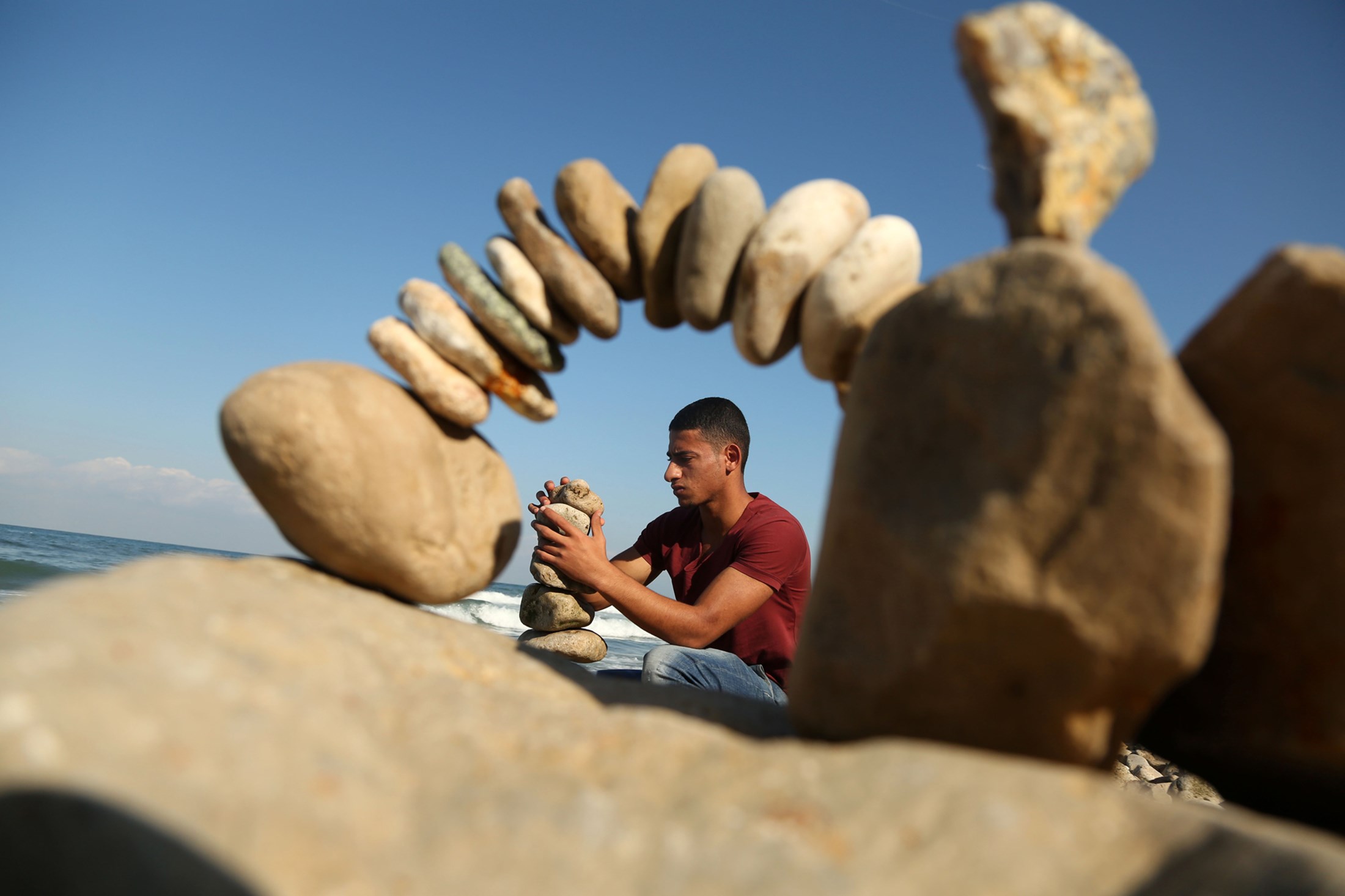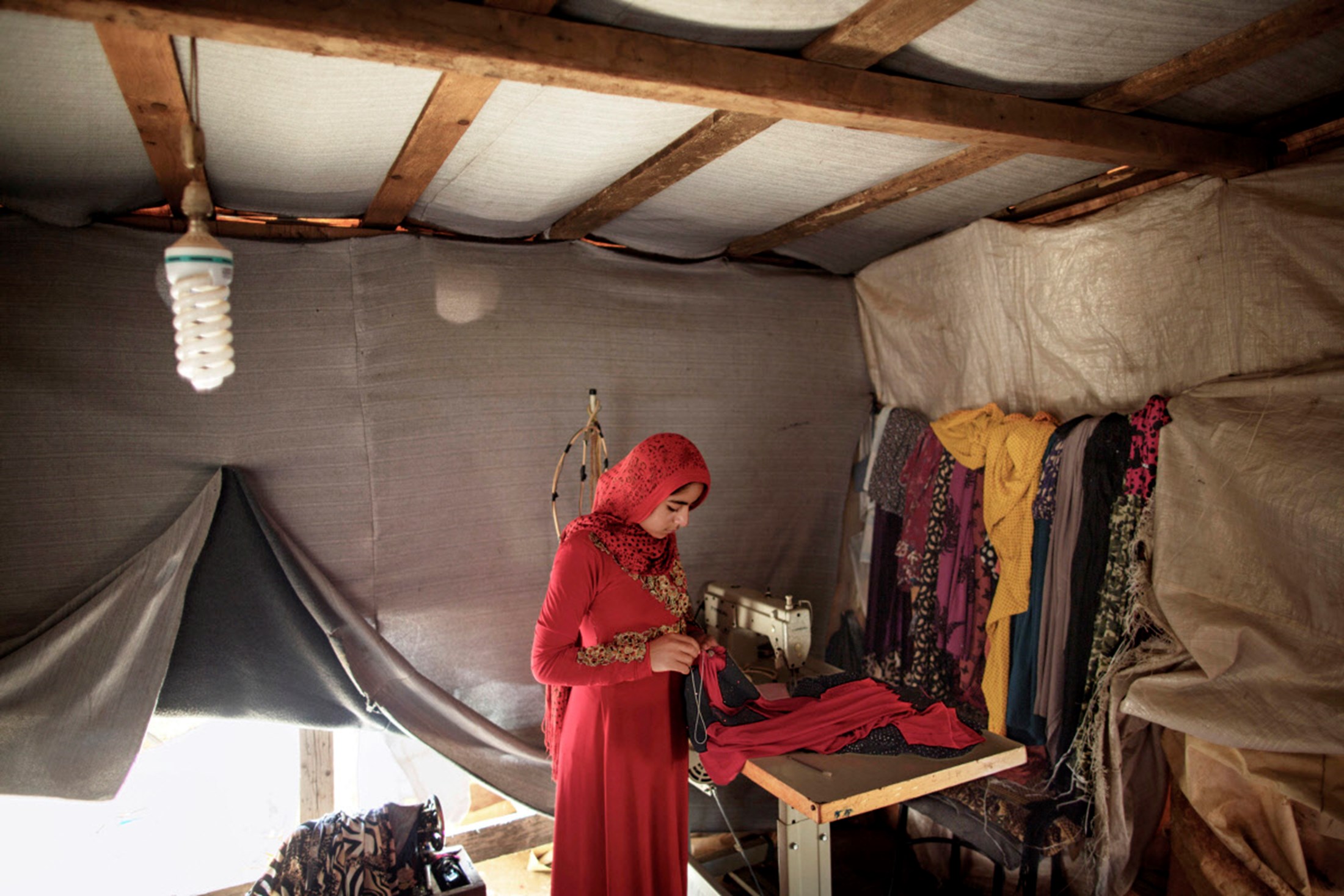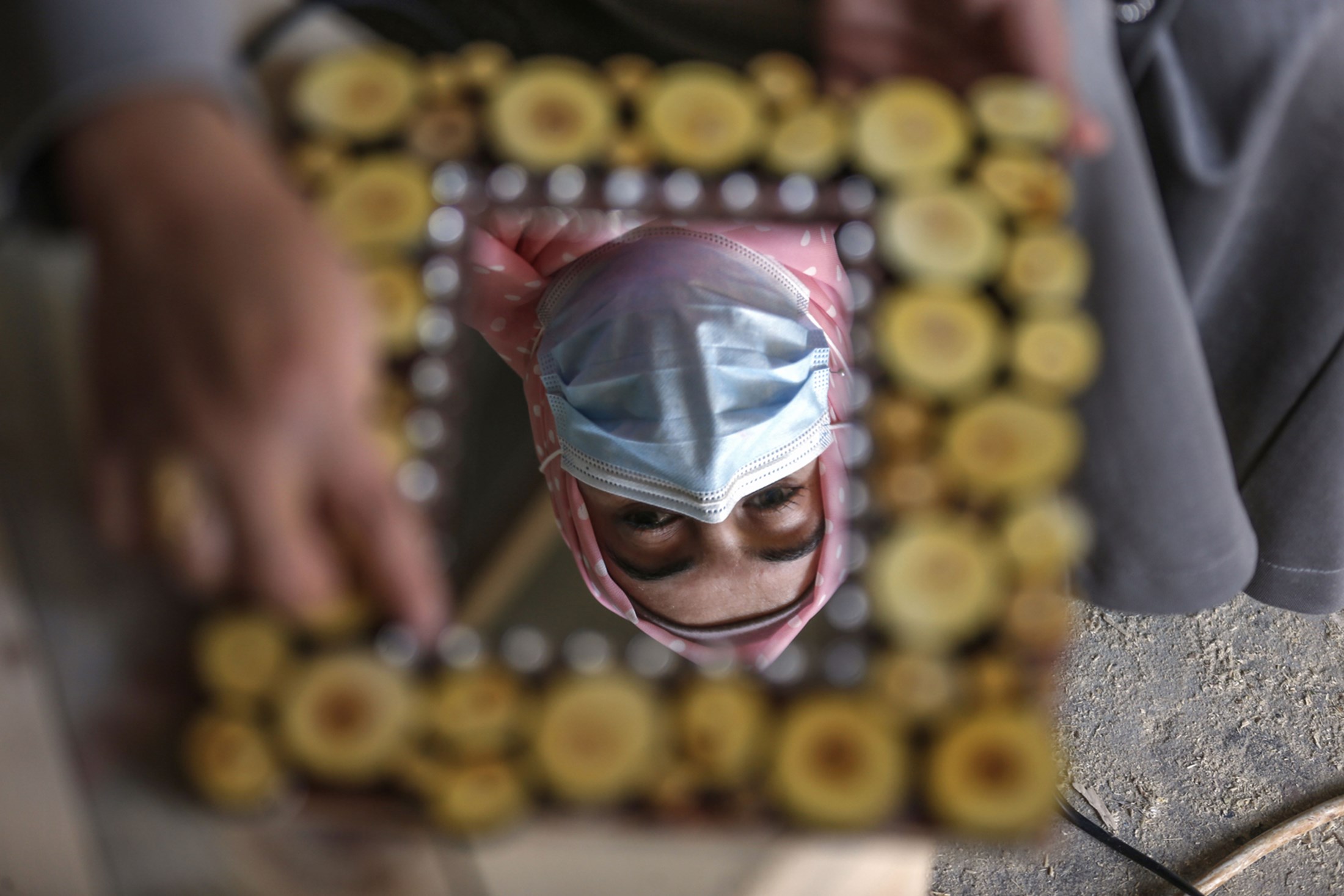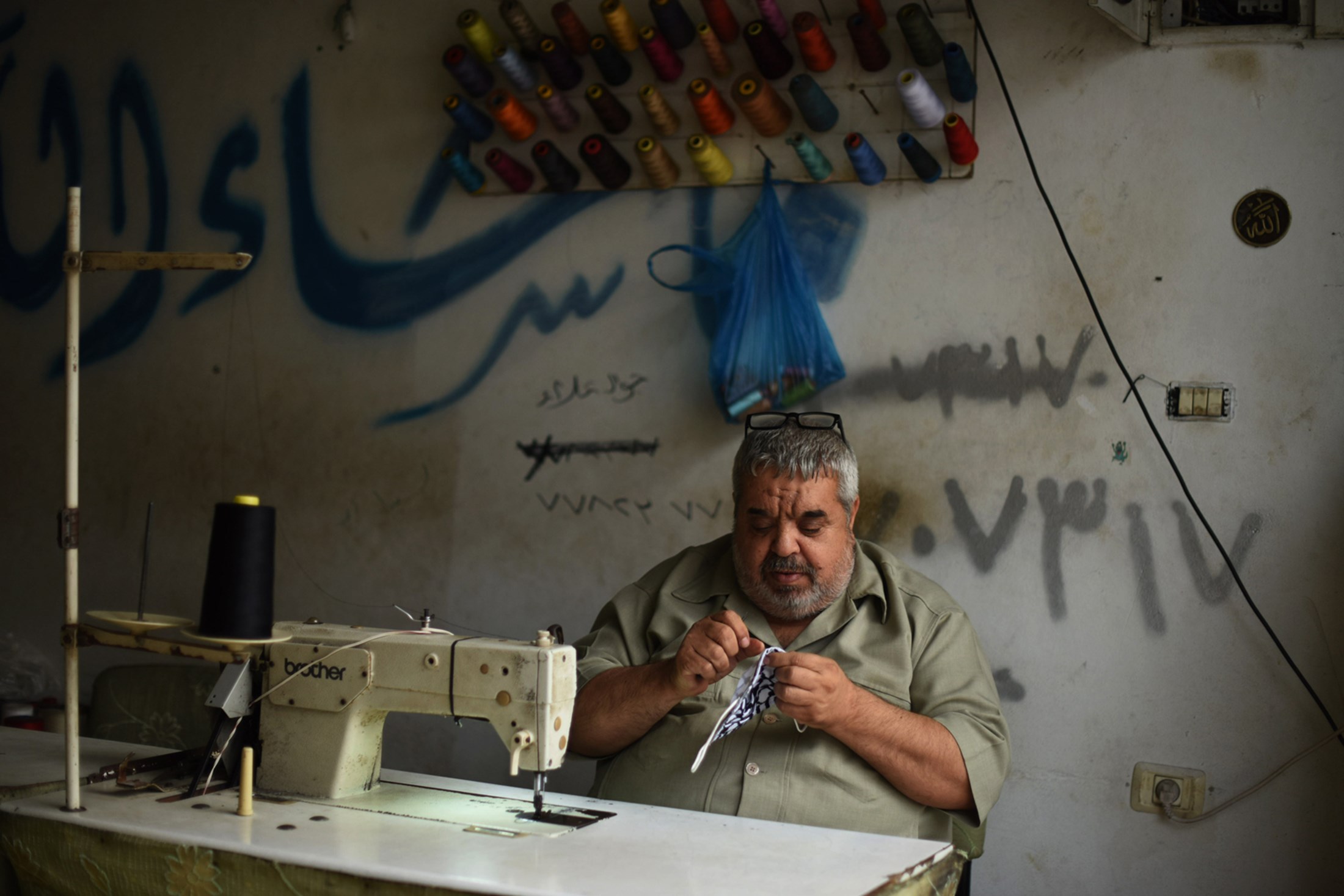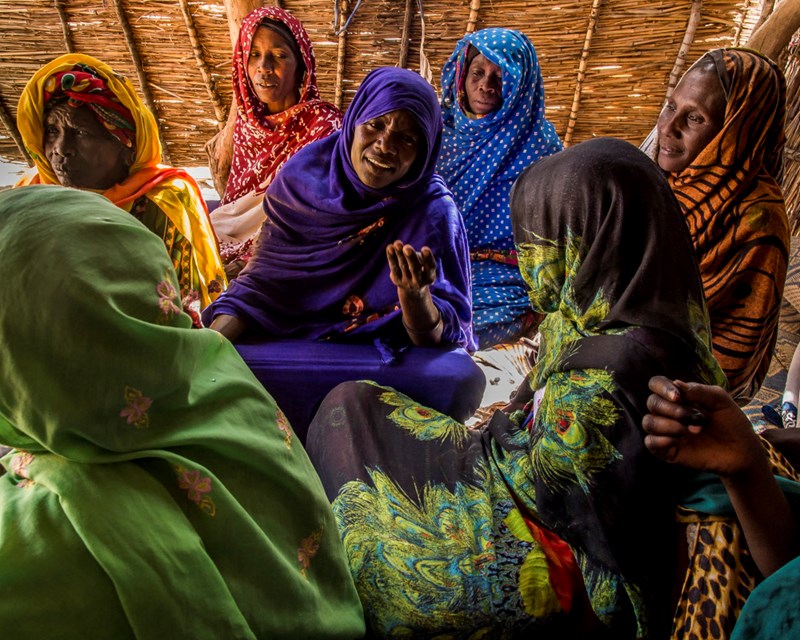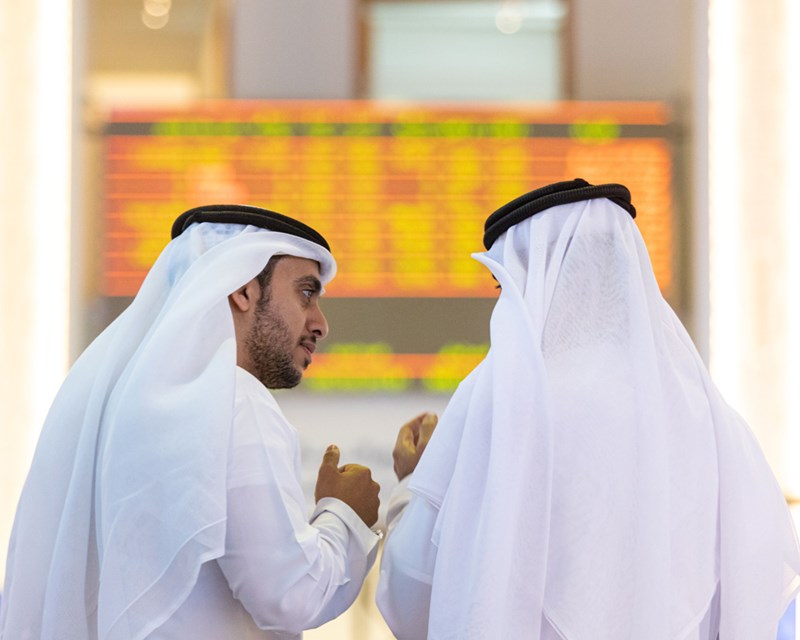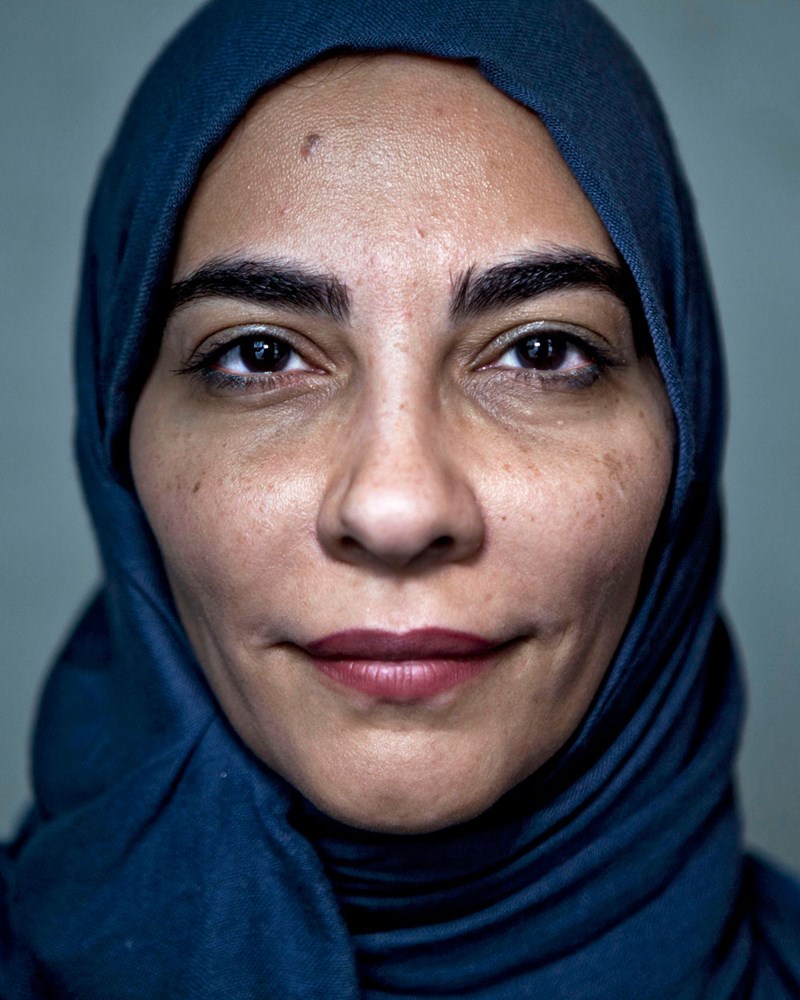Ali Al Zabi and Tareq Amro live very different lives in very different countries. Ali, 35, is an Emirati with learning difficulties, who is part-way through a course and internship that he hopes will help him to secure a job in Abu Dhabi, assisting other people with disabilities. Tareq is a doctor from the West Bank, who studied medicine in Poland. He’s recently received tutoring to help him pass the Palestinian board exams, allowing him to practice in his home country.
Both are benefiting from training made possible by impact bonds, an innovative financing tool designed to provide fast funding for chronic social and economic problems.
These bonds enable private money to be funnelled into projects usually paid for by governments or charities – and their returns hinge on whether the projects achieve predetermined results. Investors may get nothing if programmes fail to meet their targets, or a premium payout if results are better than expected.
Over the last decade, development and social impact bonds – or DIBs and SIBs for short – have been rolled out across more than 30 countries, to the benefit of more than 2 million people.
Projects past and present have included improving maternal and child health in India and Cameroon; tackling joblessness in Colombia, South Africa and Argentina; reducing rough sleeping and prisoner reoffending in the UK; and supporting sustainable cocoa and coffee farming in Peru.
Take-up so far has largely come from philanthropists, foundations and impact investors.
Proponents say the bonds have the potential to revolutionise social service delivery, not only by opening up new sources of investment, but by focusing on results rather than services. With private money there is also more scope to experiment and, if successful, scale projects quickly for wide-reaching impact.

